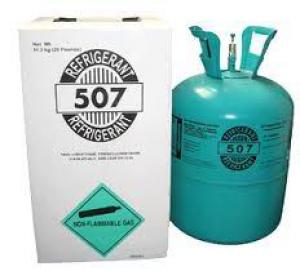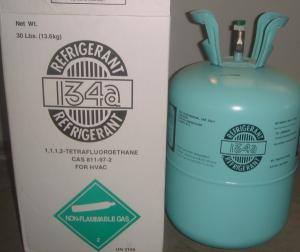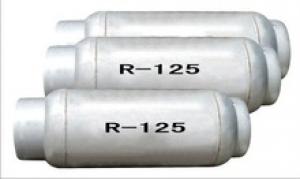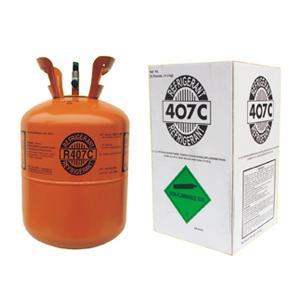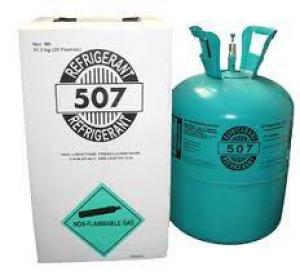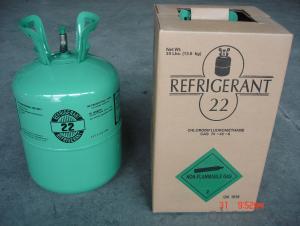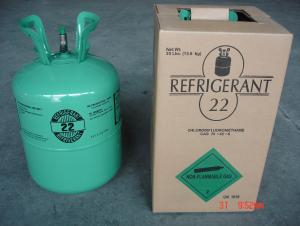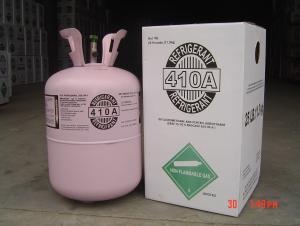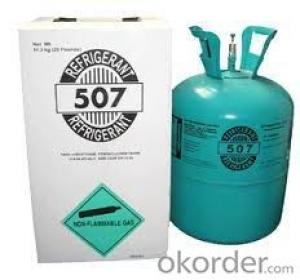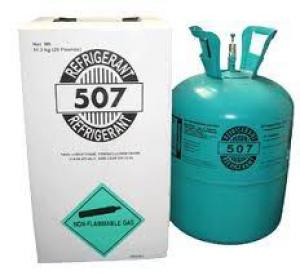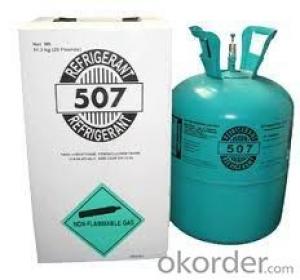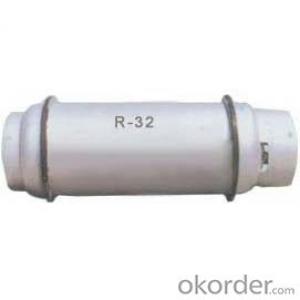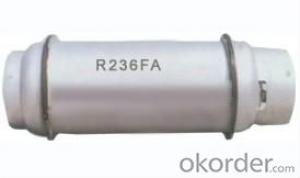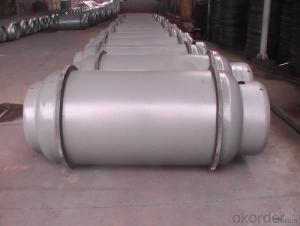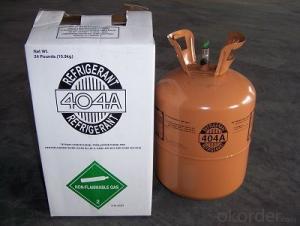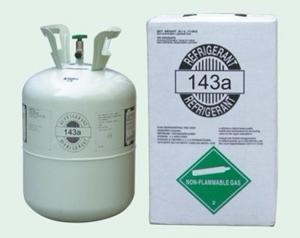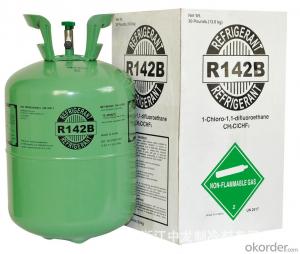R507 Gas in Diposable Cyl
- Loading Port:
- Ningbo
- Payment Terms:
- TT OR LC
- Min Order Qty:
- -
- Supply Capability:
- 1000MT m.t./month
OKorder Service Pledge
Quality Product, Order Online Tracking, Timely Delivery
OKorder Financial Service
Credit Rating, Credit Services, Credit Purchasing
You Might Also Like
| Property of chloride : |
| ||||||||||||||
| Packing: | Disposable cylinder 25lb/11.3kg; Recyclable cylinder 400L, 800L, 926L; ISO-Tank. | ||||||||||||||
| |||||||||||||||
| Quality standard : |
| ||||||||||||||
R-507 is the leading substitute for R-22 and R-502 in industrial refrigerant application
- Q: Simply talk about hydrocarbons
- Hydrocarbons in petroleum are abbreviations of hydrocarbons, which are written in the "water" and "water" in "carbon". Hydrocarbons are classified as saturated hydrocarbons and unsaturated hydrocarbons. Petroleum hydrocarbons are mostly saturated hydrocarbons, and unsaturated hydrocarbons such as ethylene, acetylene, etc., generally only in the oil processing process can be obtained.
- Q: Compare the difference between London smoke and Los Angeles photochemical smog
- Los Angeles photochemical smog nitrogen content and hydrocarbons and derivatives more, mainly close to the car exhaust. Foggy London situation related to coal, soot solid particles and sulfur oxide more. Foggy London is more bleak, and Los Angeles is more toxic.
- Q: Sugar, fat, and so on a variety of organic matter is full of different units of the heat of the small box. (Save the heat the most efficient, the least loss of heat the most practical and most economical box).
- Understand enough messy
- Q: What is the proportion of hydrocarbons synthesized by Fischer-Tropsch Synthese in liquid fuels consumed by Nazi Germany? What are the proportions of these hydrocarbons as an industrial raw material into their military industry, in addition to fuel? At that time, did the Fischer-Tropsch preparations occupy an important position in Nazi Germany's military industry or heavy industry?
- The traditional FT synthesis method of the product of heavy hydrocarbon content is high, the composition is complex, so the combustion efficiency is not optimistic. Germany is in view of the supply of oil is less than consumption (loss of production areas and lack of refined production capacity) was forced to take the FT technology to add (Germany's local coal reserves larger). So the FT fuel in the World War II Germany's energy system accounted for little, the specific data is still controversial, there are 15% and 25% said.
- Q: The role of aromatic hydrocarbons
- Aromatic hydrocarbons referred to as "aromatic hydrocarbons", usually refers to the molecule containing benzene ring structure of the hydrocarbons. Is a closed-chain type. With the basic structure of the benzene ring, the history of the early discovery of such compounds have more aromatic flavor, so called these Hydrocarbons are aromatic hydrocarbons, and hydrocarbons that are later found to have no aromatic flavor are also commonly used in this way, such as benzene, naphthalene, etc. The homology of benzene is CnH2n-6 (n≥6).
- Q: Is steel not organic synthetic material?
- Steel is a mixture, the vast majority of elemental iron, also contains other elements, carbon is mixed in the inside, and did not constitute a compound.
- Q: What is organic matter? Candle is organic?
- Organic matter refers to the addition: carbon, carbon monoxide, carbon dioxide, carbonated and carbonate carbon compounds
- Q: Rush! Hydrocarbon and hydrocarbon derivatives system information includes chemical formula, common name, Chinese name and so on
- The system is too difficult to summarize. Too much.
- Q: Organic chemistry, naming of derivatives containing oxygen (hetero) atomic bridged cyclic hydrocarbons
- Agree upstairs chemdraw method.
- Q: Why does the hydrocarbon derivative make the bromine water fade and the hydrocarbon can not
- As long as carbon and carbon double bonds and three hydrocarbons can be hydrocarbons
Send your message to us
R507 Gas in Diposable Cyl
- Loading Port:
- Ningbo
- Payment Terms:
- TT OR LC
- Min Order Qty:
- -
- Supply Capability:
- 1000MT m.t./month
OKorder Service Pledge
Quality Product, Order Online Tracking, Timely Delivery
OKorder Financial Service
Credit Rating, Credit Services, Credit Purchasing
Similar products
Hot products
Hot Searches
Related keywords
